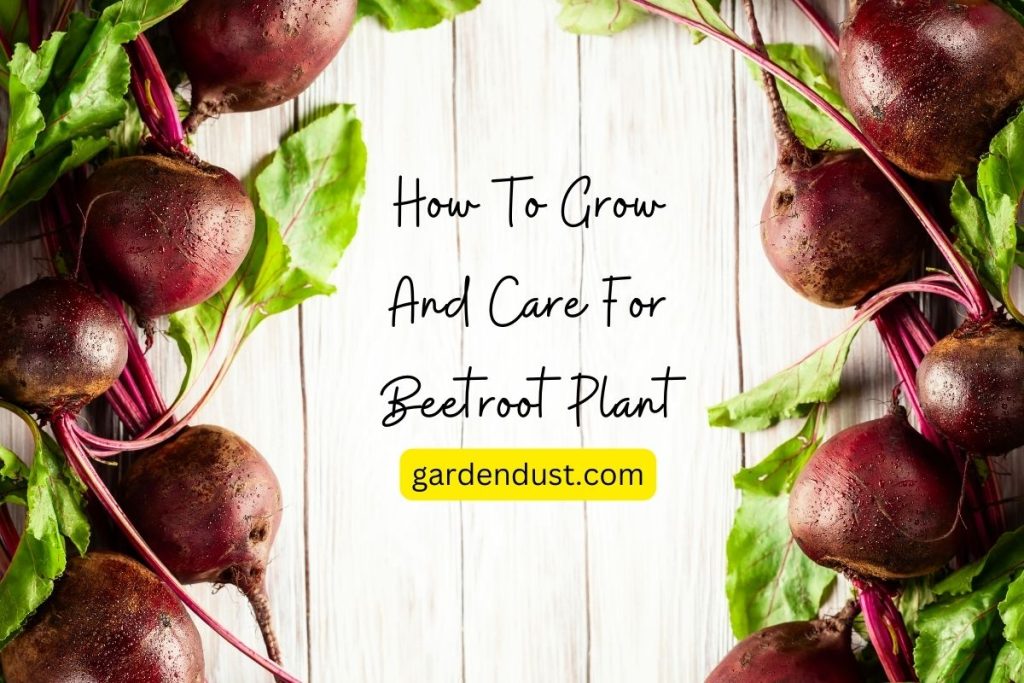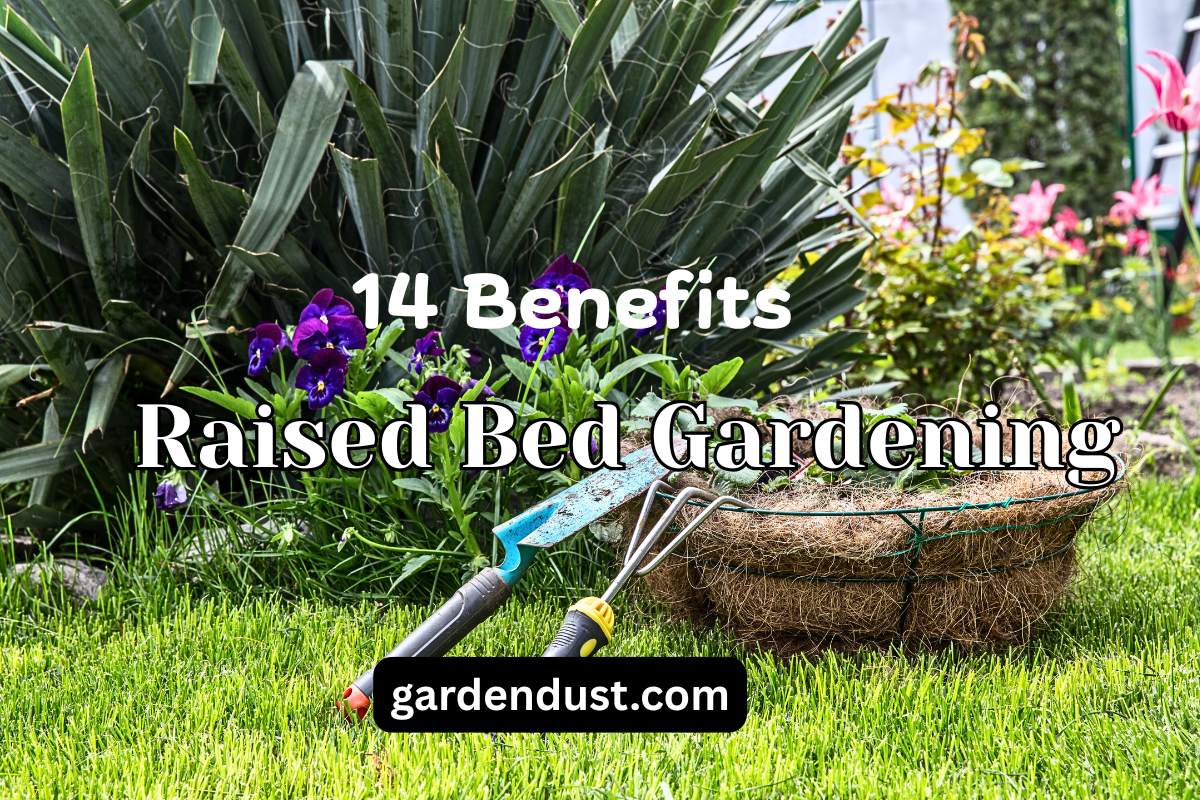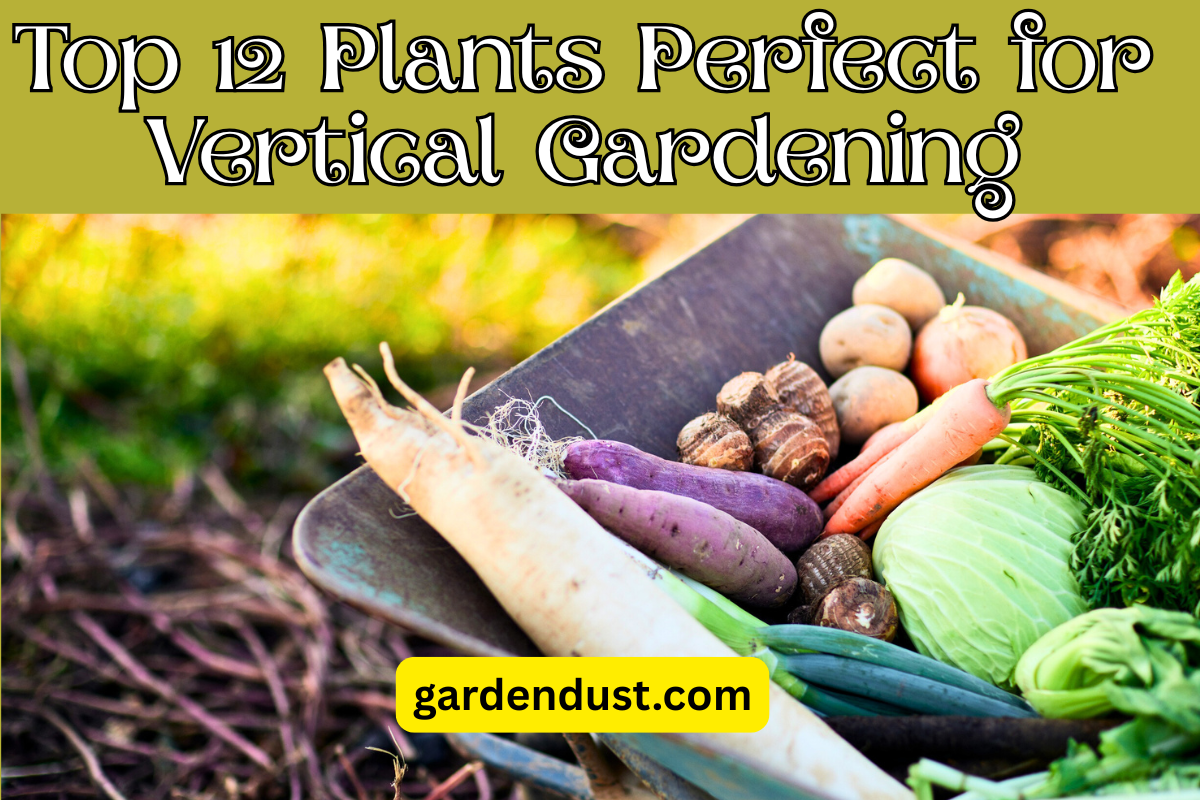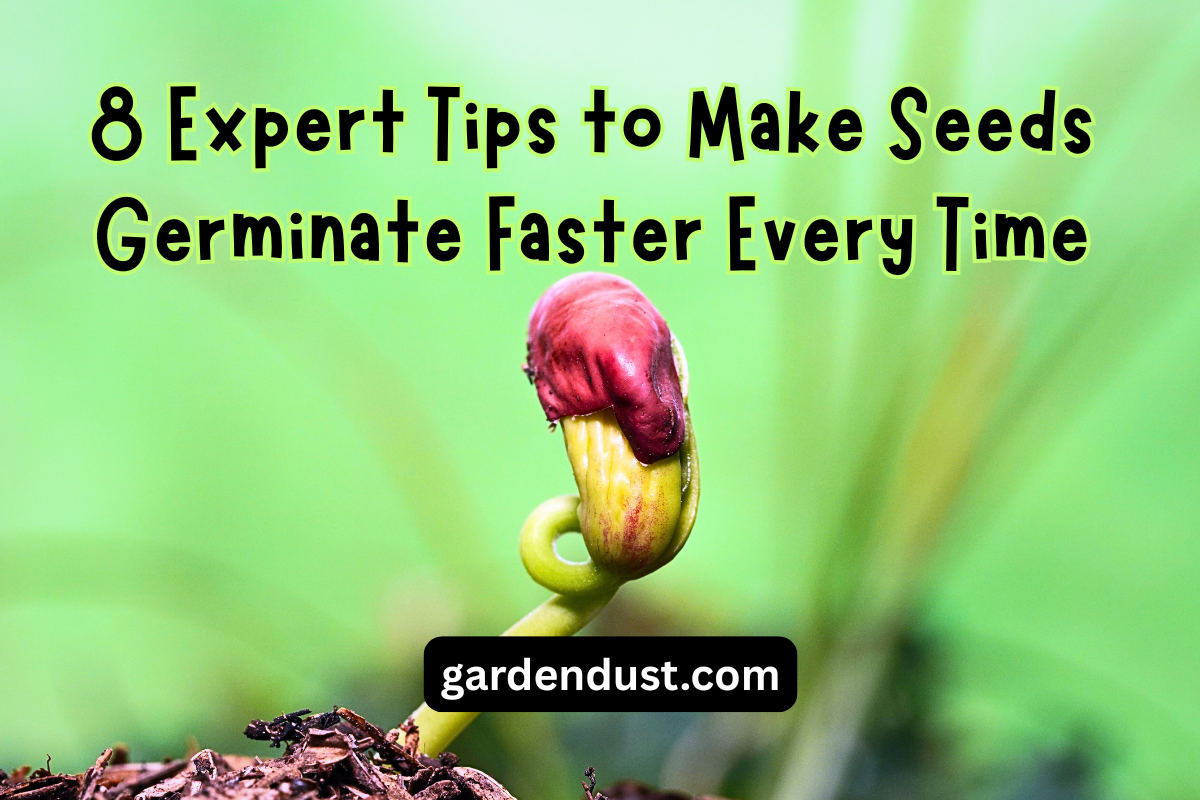Beetroot, scientifically known as Beta vulgaris, is a vibrant and versatile root vegetable that has been cultivated and consumed for centuries. It belongs to the Amaranthaceae family and is commonly grown for its edible taproot, which is typically deep red in color, although other varieties can be found in shades of yellow and white. In this article we will explore how to grow and care for beetroot plant . Let’s begin…
Beetroots are known for their sweet and earthy flavor, making them a popular ingredient in various culinary dishes around the world. They can be enjoyed both raw and cooked, and their leaves, known as beet greens, are also edible and highly nutritious.
In addition to its nutritional value, beetroot has gained attention for its potential performance-enhancing properties. Some studies suggest that the nitrates found in beetroot juice may improve blood flow, enhance exercise endurance, and support cardiovascular health.
Grow And Care
To care for beetroot plants, here are some guidelines to follow:
- Planting: Beetroot can be grown from seeds or seedlings. Choose a sunny location with well-draining soil. The soil should be loose, fertile, and slightly acidic with a pH between 6.0 and 7.5. Sow the seeds directly into the soil, about 1 inch deep and 2-4 inches apart. If using seedlings, transplant them carefully, maintaining a similar spacing.
- Watering: Keep the soil consistently moist but not waterlogged. Adequate watering is crucial, especially during dry spells, to prevent the roots from becoming tough and woody. Water deeply and regularly, ensuring the soil remains evenly moist throughout the growing season.
- Thinning: When the beetroot seedlings are about 2 inches tall, thin them out to provide enough space for proper root development. Thin the plants to a spacing of 3-4 inches apart. The thinned seedlings can be used in salads or as microgreens.
- Mulching: Applying a layer of organic mulch around the plants helps retain soil moisture, suppresses weed growth, and keeps the soil temperature consistent. Mulching also prevents the beetroot roots from pushing up through the soil surface, causing them to become tough and bitter.
- Fertilizing: Beetroots are not heavy feeders, but they benefit from a balanced fertilizer application. Before planting, incorporate compost or well-rotted manure into the soil to improve fertility. You can also use a balanced granular fertilizer once or twice during the growing season, following the manufacturer’s instructions.
- Pest and Disease Control: Beetroot plants are generally resistant to many pests and diseases. However, keep an eye out for common garden pests such as aphids, flea beetles, and slugs. Regularly inspect the plants for any signs of damage or infestation. If necessary, treat with organic pest control methods or consult with a local gardening expert for advice.
- Harvesting: Beetroot roots are typically ready for harvest 8-10 weeks after planting, depending on the variety. They can be harvested when they reach the desired size, usually around 2-3 inches in diameter. Gently loosen the soil around the roots and carefully lift them out. Don’t leave the roots in the ground for too long, as they can become tough and lose flavor. Harvest the beet greens as well, which are best when young and tender.
By following these care guidelines, you can grow healthy and flavorful beetroot in your garden. Enjoy the process and the delicious rewards of your efforts!
Propagation
Here’s a step-by-step guide on how to propagate beetroot:
- Seed Selection: Choose high-quality beetroot seeds from a reputable source. Look for fresh seeds that are within their expiration date to ensure good germination rates.
- Soil Preparation: Prepare a well-draining garden bed or container with loose, fertile soil. Beetroot prefers slightly acidic soil with a pH between 6.0 and 7.5. Remove any rocks, weeds, or debris from the planting area.
- Sowing Seeds: Directly sow the beetroot seeds into the prepared soil. Plant the seeds about 1 inch deep and space them 2-4 inches apart. You can sow multiple rows, leaving around 12-18 inches between each row to allow for growth and easy access.
- Germination and Thinning: Keep the soil evenly moist to facilitate germination, which typically occurs within 7-14 days. Once the seedlings are about 2 inches tall, thin them out by removing the weaker ones to provide adequate spacing. Thin the plants to a spacing of 3-4 inches apart. Thinned seedlings can be used in salads or as microgreens.
- Watering: Water the beetroot plants regularly, keeping the soil consistently moist but not waterlogged. Adequate moisture is important for proper root development and to prevent the roots from becoming tough and woody.
- Mulching: Apply a layer of organic mulch around the plants to help retain soil moisture, suppress weed growth, and maintain a consistent soil temperature. Mulching also prevents the beetroot roots from pushing up through the soil surface.
- Care and Maintenance: Monitor the plants for pests, diseases, and nutrient deficiencies. Beetroot plants generally require minimal care. However, if you notice any issues, take appropriate measures such as using organic pest control methods or providing balanced fertilizer as needed.
- Harvesting: Harvest beetroot roots when they reach the desired size, usually around 2-3 inches in diameter. Gently loosen the soil around the roots and carefully lift them out. Don’t leave the roots in the ground for too long, as they can become tough and lose flavor. Harvest the beet greens as well, which are best when young and tender.
By following these steps, you can successfully propagate beetroot from seeds and enjoy a bountiful harvest of fresh and delicious beetroots in your garden.
Health Benefits
Beetroot offers several potential health benefits due to its rich nutritional profile. Here are some of the key health benefits associated with consuming beetroot:
- Nutrient-Rich: Beetroot is packed with essential nutrients such as folate, potassium, vitamin C, iron, and dietary fiber. These nutrients play important roles in supporting overall health and wellbeing.
- Blood Pressure Regulation: Beetroot contains high levels of nitrates, which are converted into nitric oxide in the body. Nitric oxide helps relax and dilate blood vessels, promoting improved blood flow and potentially aiding in the regulation of blood pressure.
- Heart Health: The nitrates in beetroot also contribute to heart health by reducing the risk of cardiovascular diseases. Nitric oxide helps lower blood pressure and improves endothelial function, which enhances the health of blood vessels.
- Anti-Inflammatory Properties: Beetroot contains betalains, which are potent antioxidants with potential anti-inflammatory properties. These antioxidants help combat oxidative stress and reduce inflammation in the body, which is associated with various chronic diseases.
- Exercise Performance and Endurance: The nitrates present in beetroot may enhance exercise performance and endurance. Nitric oxide improves oxygen delivery to muscles, reduces fatigue, and increases stamina, potentially resulting in improved athletic performance.
- Digestive Health: Beetroot is a good source of dietary fiber, which promotes healthy digestion and regular bowel movements. Adequate fiber intake supports a healthy gut microbiome, prevents constipation, and may reduce the risk of digestive disorders.
- Brain Health: The nitrates in beetroot can have positive effects on cognitive function and brain health. Nitric oxide improves blood flow to the brain, enhancing oxygen and nutrient supply, which may support cognitive performance and help reduce the risk of age-related cognitive decline.
- Antioxidant and Detoxification Support: Beetroot contains various antioxidants, including betalains and vitamin C, which help neutralize harmful free radicals and protect cells from oxidative damage. Additionally, beetroot supports liver function, aiding in natural detoxification processes in the body.
It’s important to note that while beetroot offers potential health benefits, individual results may vary, and it should be consumed as part of a balanced and varied diet. As with any dietary changes or health concerns, it’s advisable to consult with a healthcare professional for personalized advice. Happy gardening….






